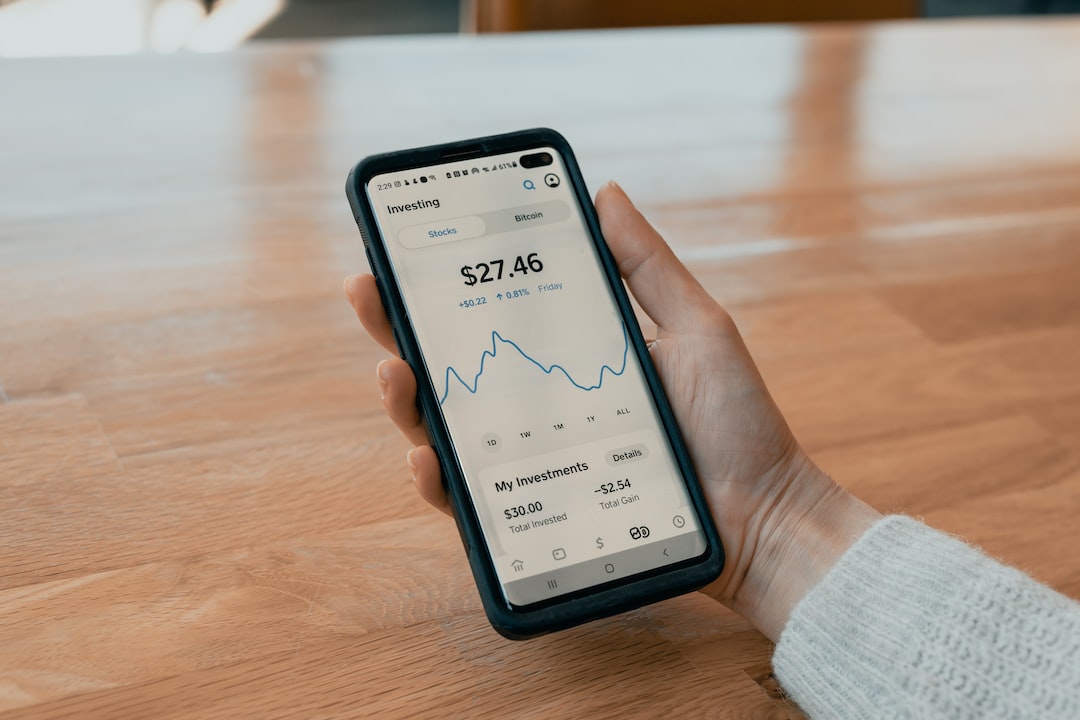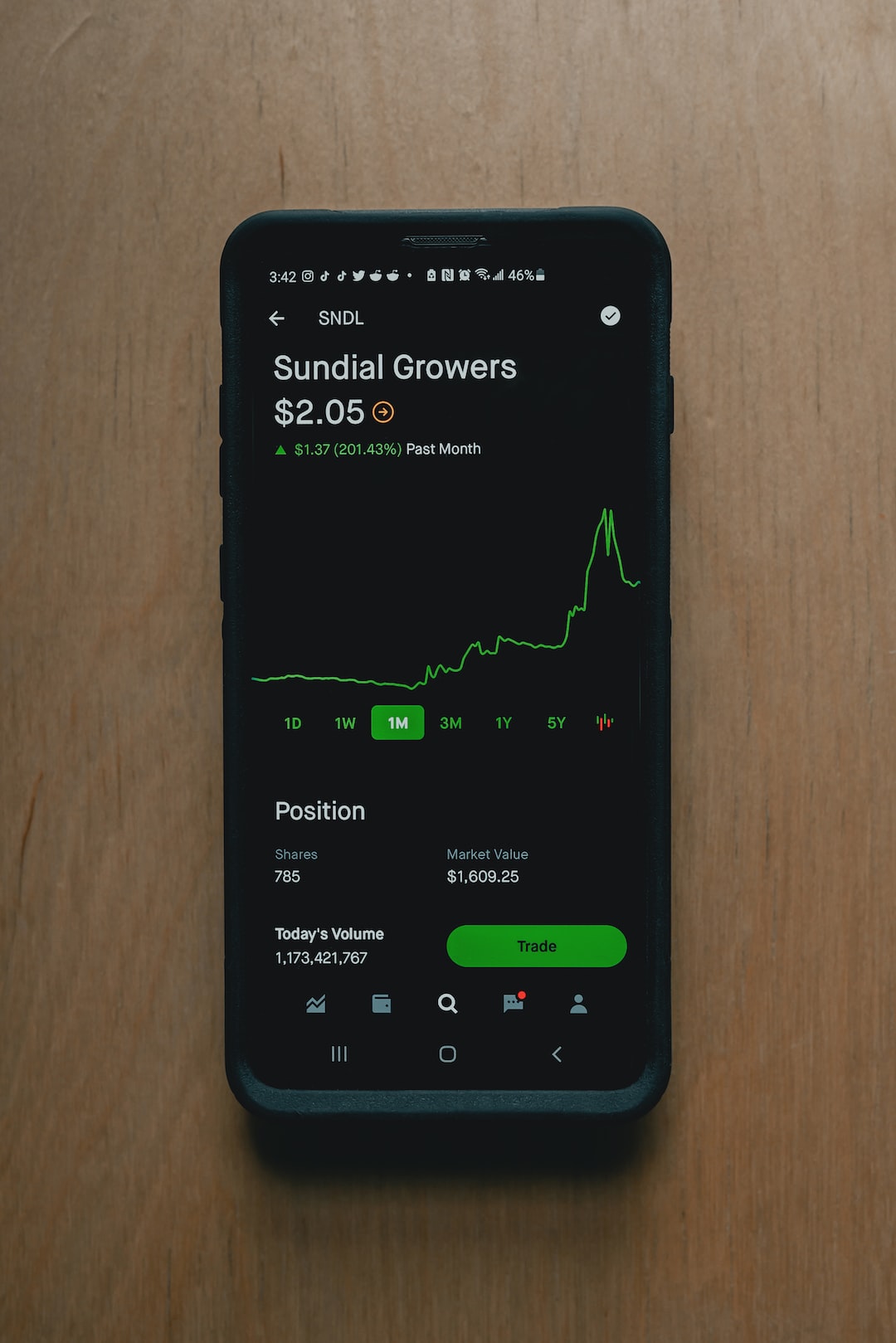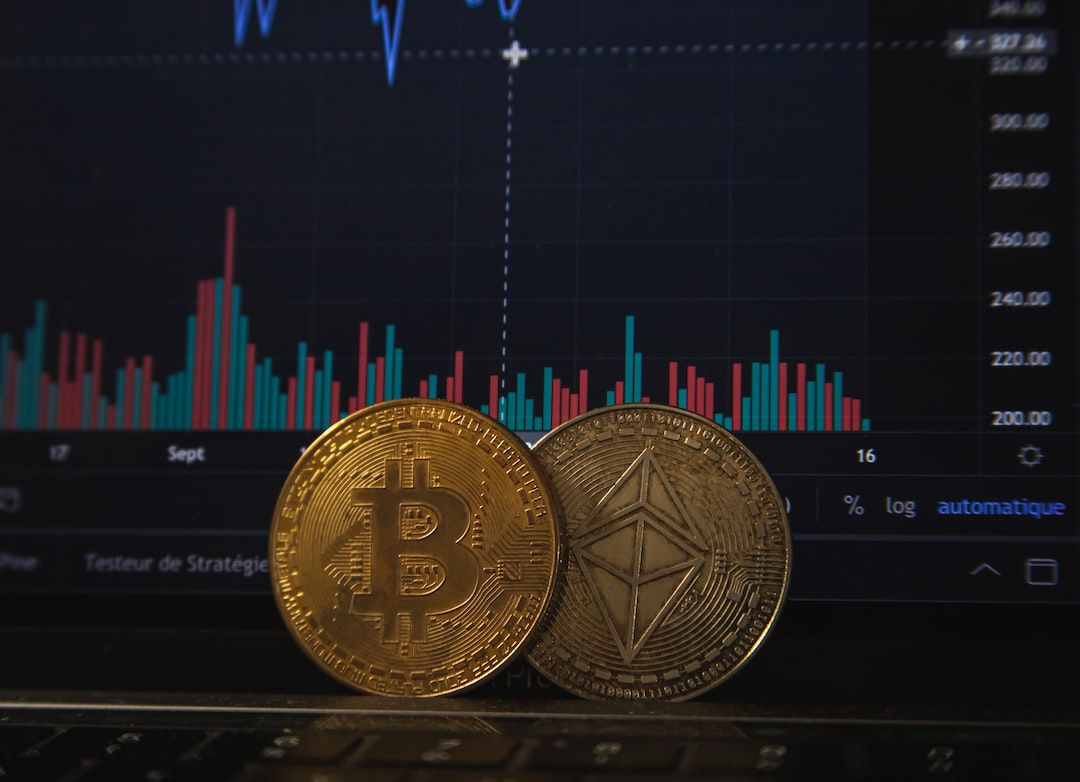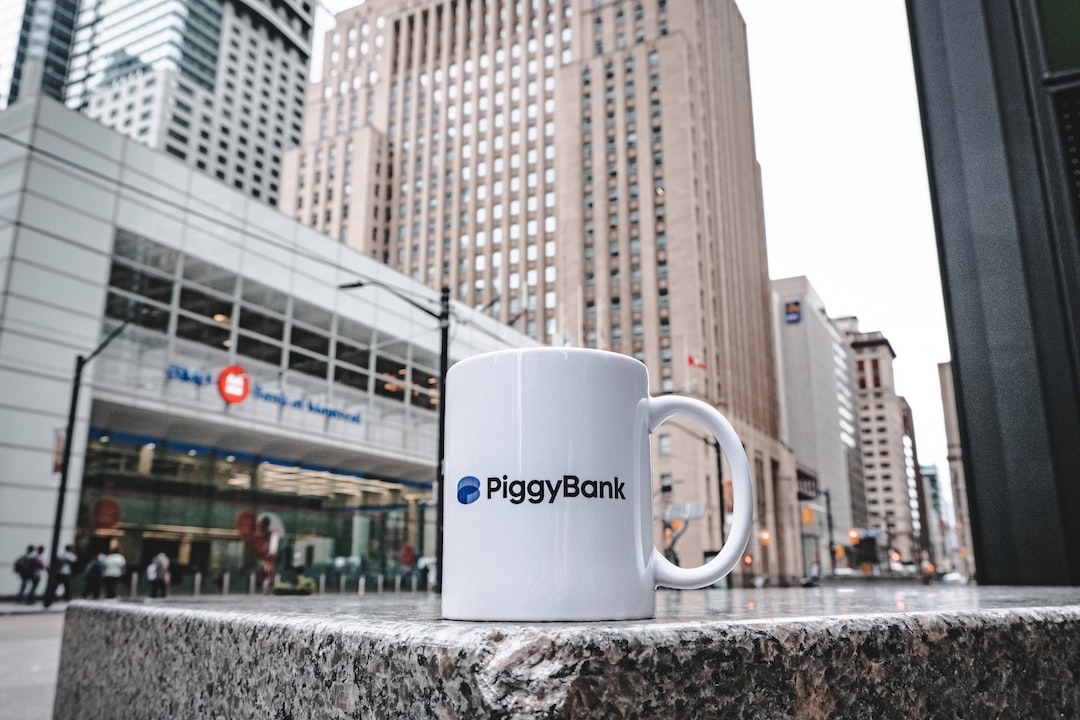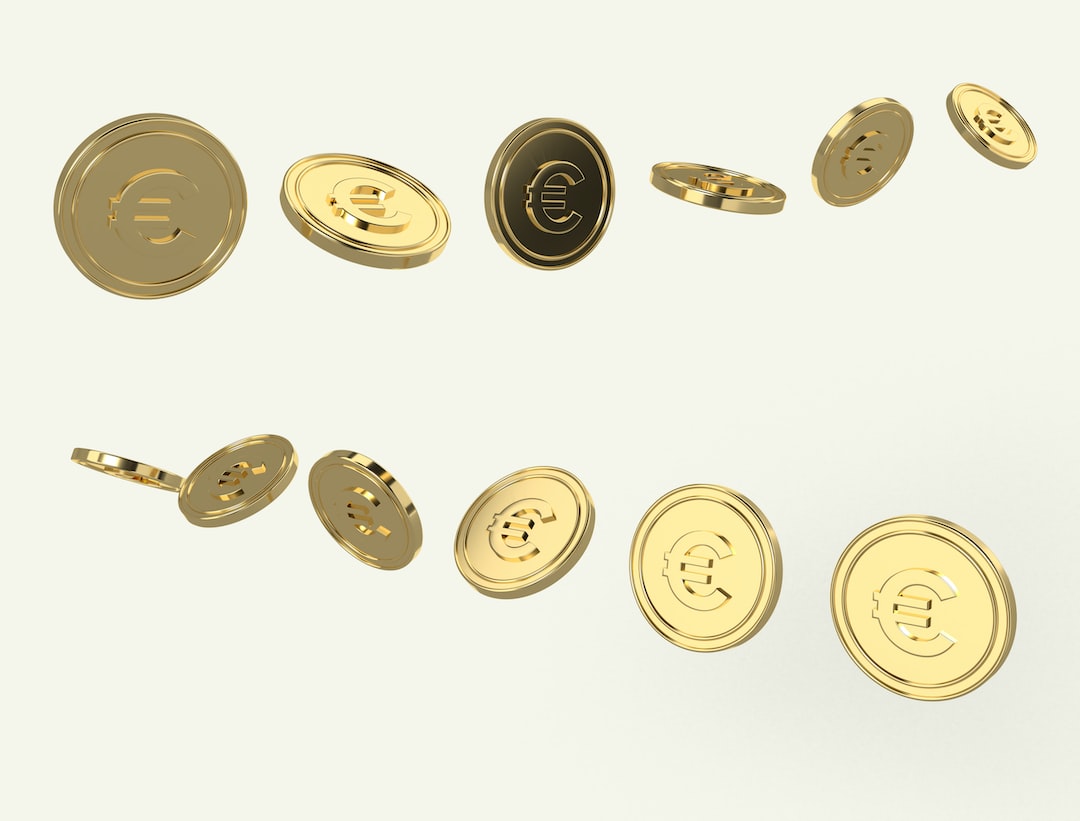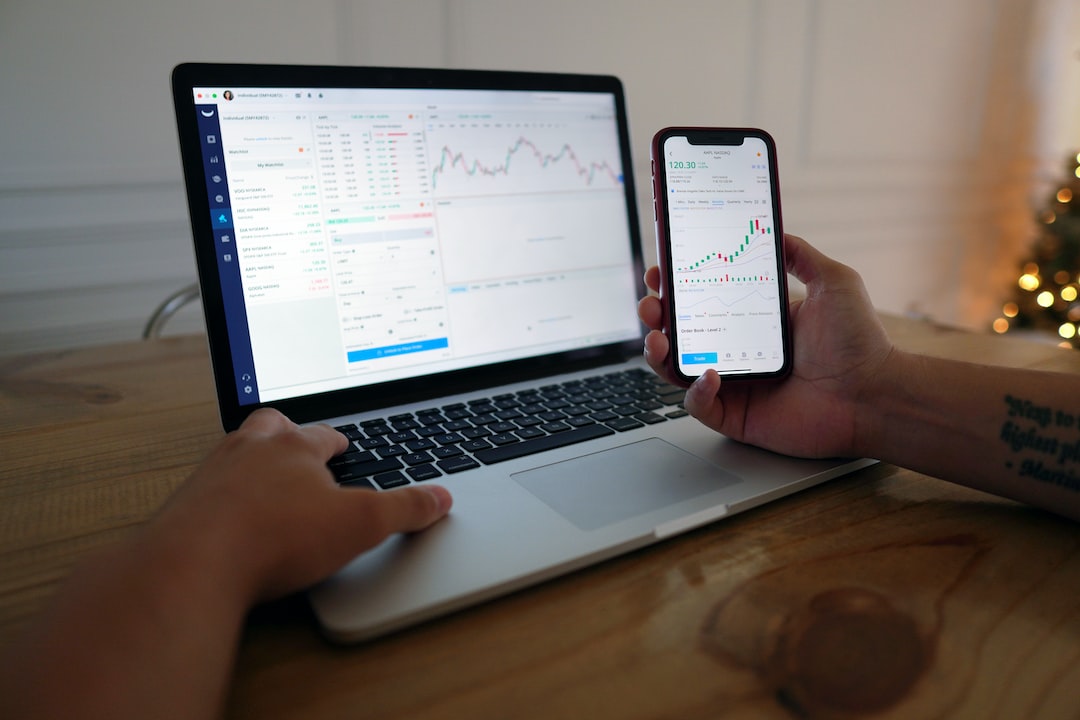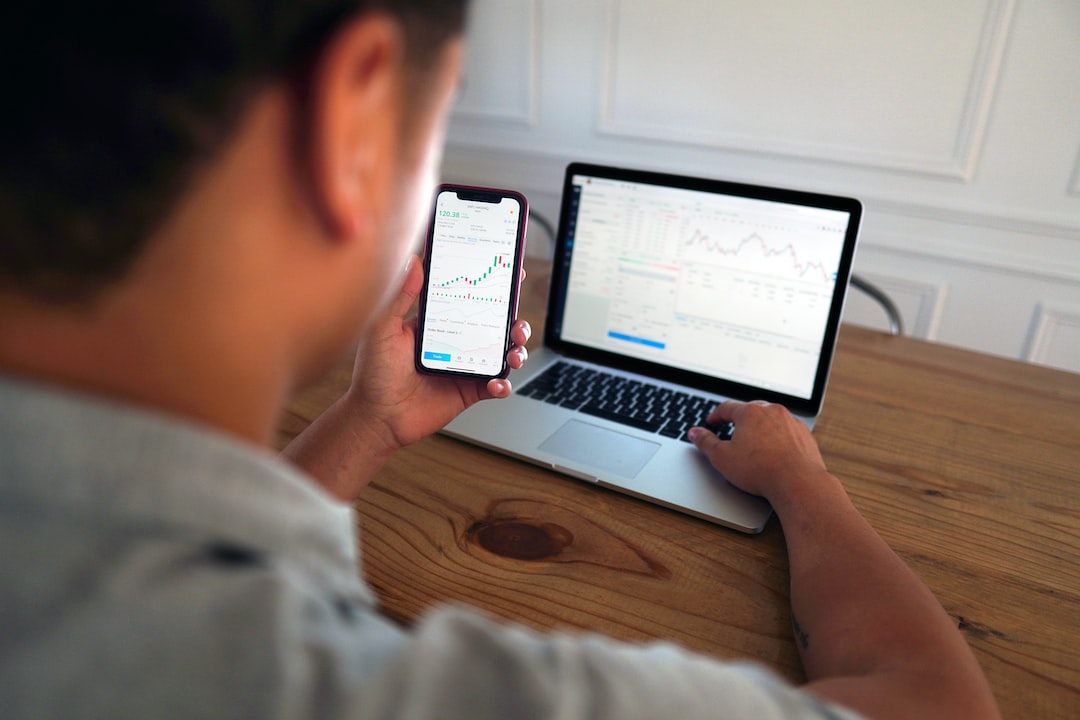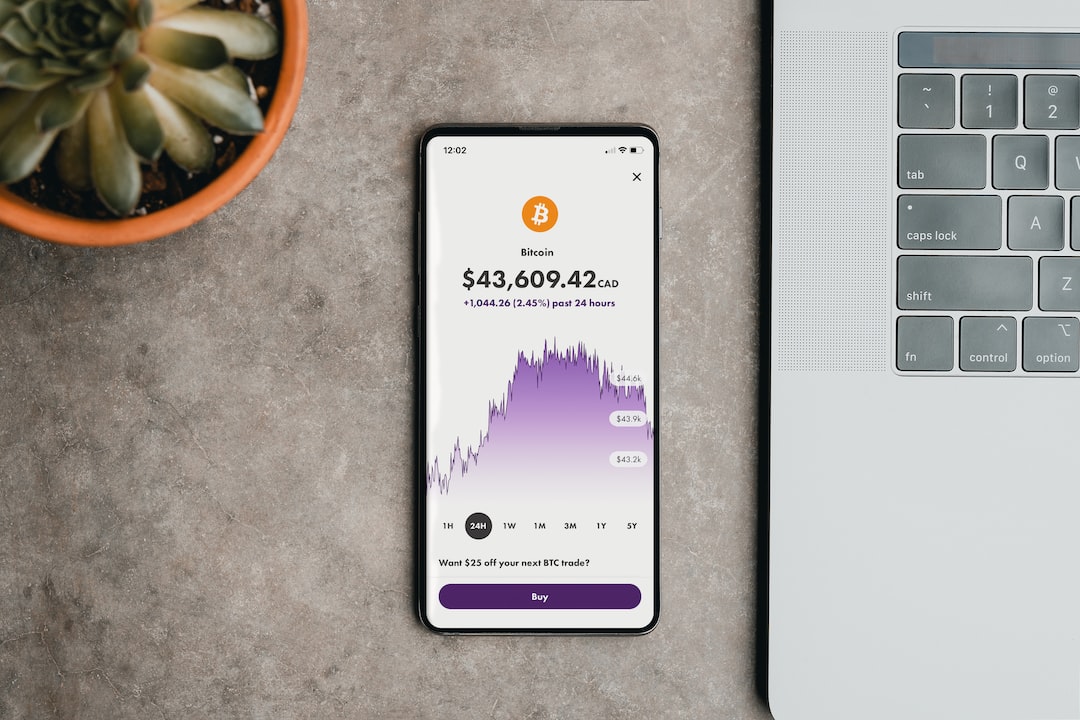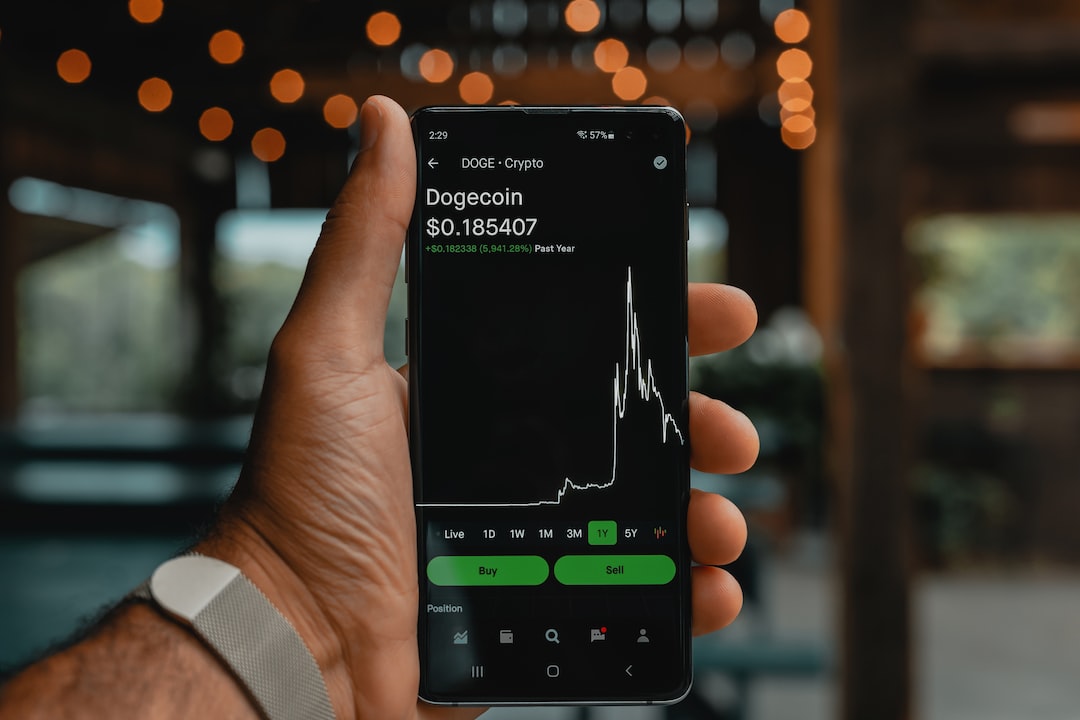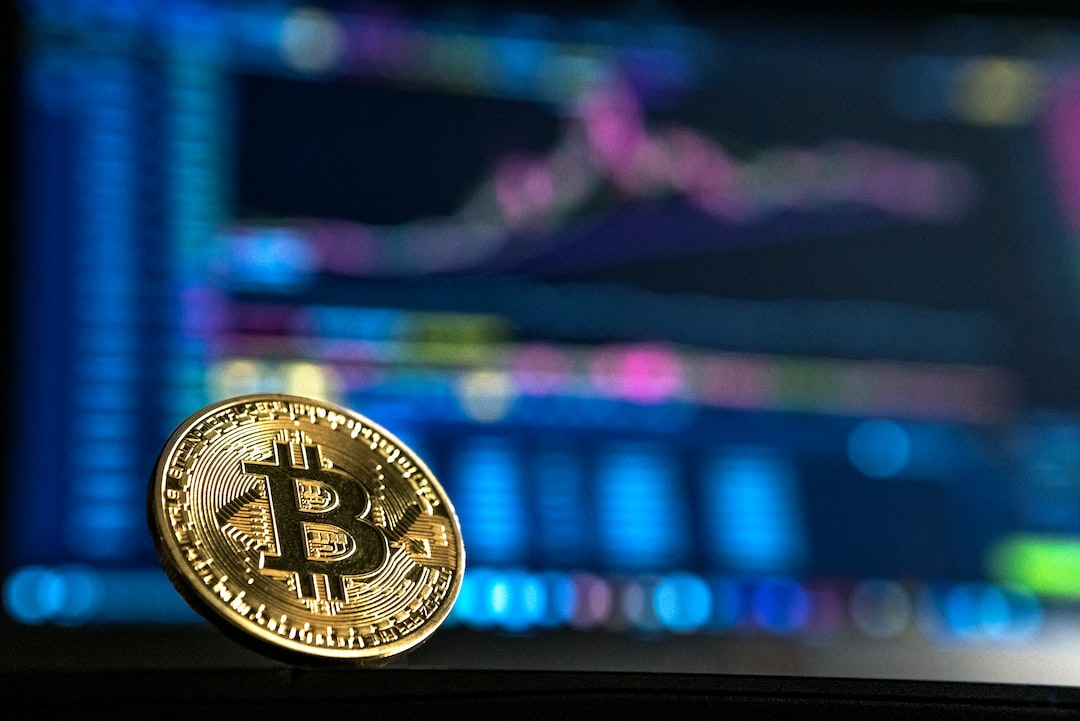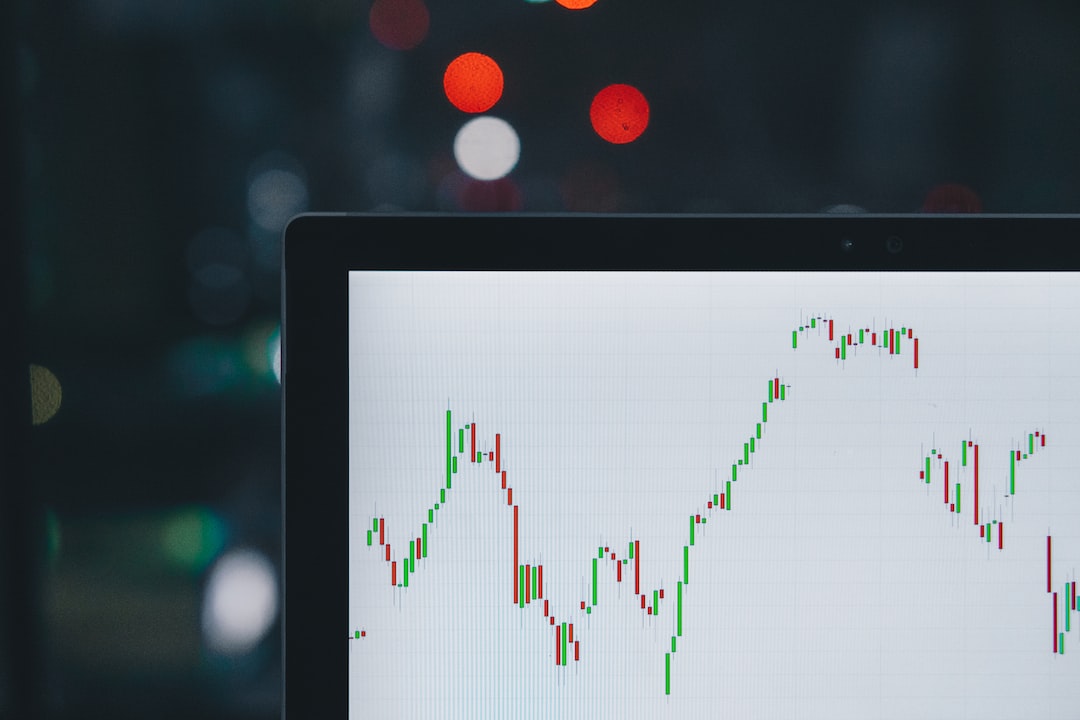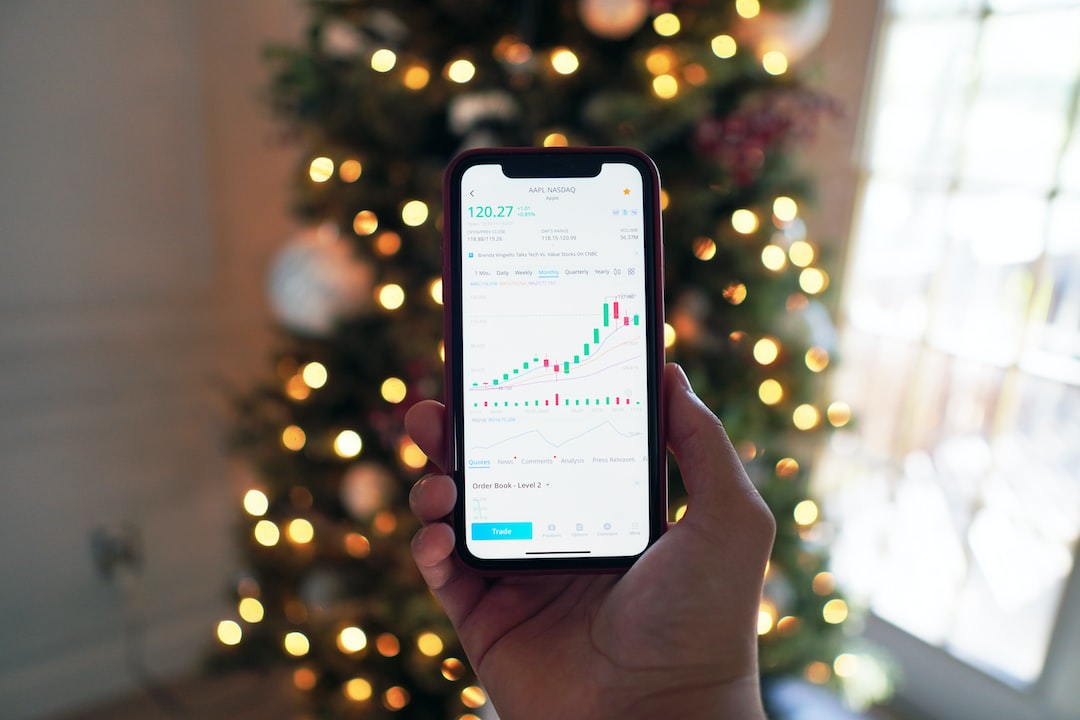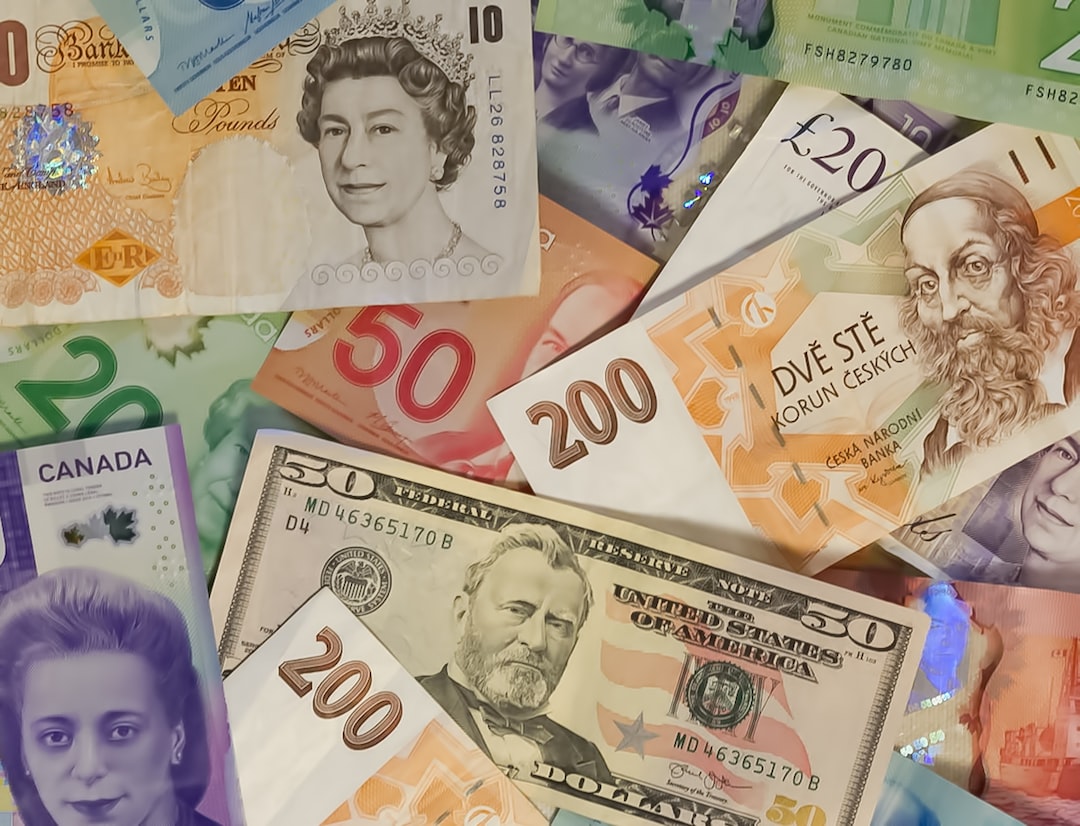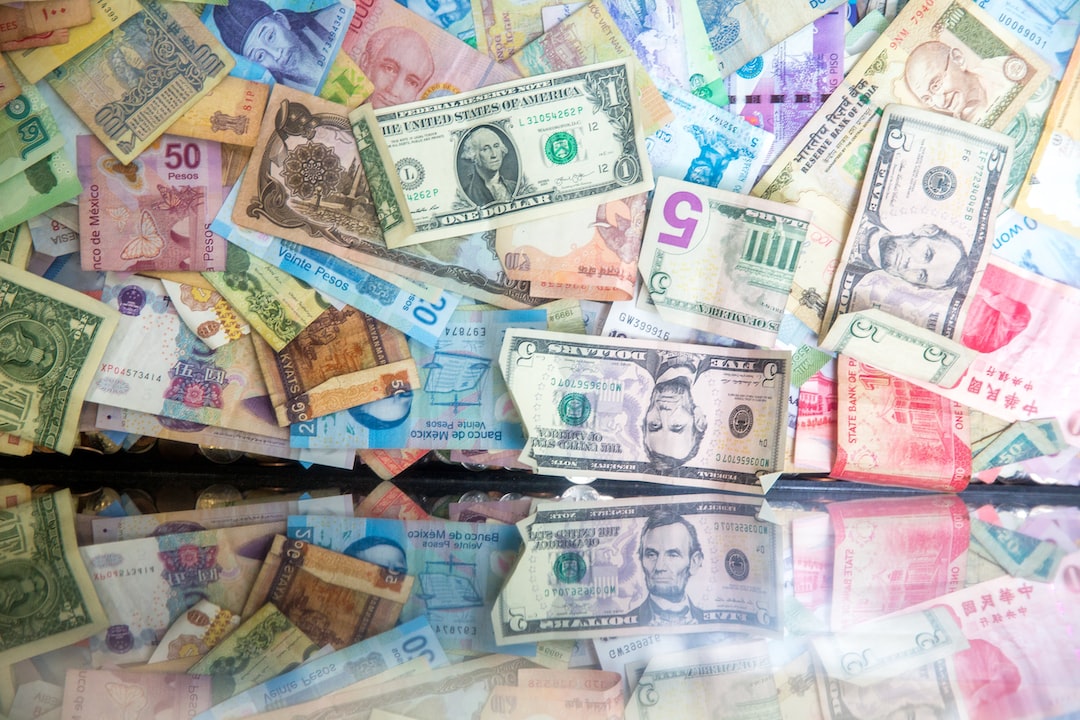The forex market is a highly volatile and complex financial market that requires careful analysis and decision-making. Traders often rely on forex signals to help them make informed trading decisions. These signals are essentially trading ideas or recommendations generated by professional traders or automated systems. They provide information on when to enter or exit a trade, which currency pairs to trade, and at what price levels.
While there are paid forex signal providers available, many traders prefer to use free forex signals. However, it is crucial to choose reliable free forex signal providers to ensure the accuracy and effectiveness of these signals. In this article, we will discuss the importance of selecting reliable free forex signals providers and provide tips on how to choose the best one.
1. Accuracy of Signals: The primary purpose of using forex signals is to receive accurate and reliable trading recommendations. Unreliable signals can lead to wrong trading decisions and substantial financial losses. Therefore, it is essential to choose a signal provider that has a proven track record of accuracy. Look for providers who use technical analysis, fundamental analysis, or a combination of both to generate signals. Additionally, consider providers who offer real-time signals as they are more likely to be accurate and up-to-date.
2. Transparency: A reliable free forex signals provider should be transparent about their trading strategies, methodologies, and performance. They should clearly explain how they generate their signals, what indicators or patterns they use, and their risk management approach. Transparency is crucial to build trust and confidence in the signal provider. Avoid providers who are secretive or unwilling to provide information about their trading methods.
3. Reputation: Research the reputation and credibility of the free forex signals provider before subscribing to their services. Look for online reviews, testimonials, and feedback from other traders who have used their signals. A reputable provider will have positive reviews and a strong reputation within the forex trading community. It is also advisable to check if the provider is associated with any reputable financial institutions or regulatory bodies.
4. Frequency and Consistency: Consider the frequency and consistency of the signals provided by the provider. Some providers may offer signals on a daily basis, while others may provide signals multiple times a day. Choose a provider whose signal frequency aligns with your trading style and preferences. Additionally, consistency is crucial. Look for providers who consistently deliver signals that align with their stated strategies and methodologies.
5. Risk Management: A reliable free forex signals provider should have a robust risk management strategy in place. They should provide guidance on stop-loss levels, take-profit levels, and recommended trade sizes. Risk management is essential to protect your capital and minimize potential losses. Avoid providers who do not emphasize risk management or do not provide clear guidelines on how to manage trades.
6. Support and Communication: Consider the level of support and communication provided by the signal provider. Are they responsive to inquiries or concerns? Do they have a customer support team available to assist you? It is crucial to choose a provider who is accessible and responsive to ensure a smooth trading experience.
In conclusion, choosing a reliable free forex signals provider is of utmost importance for traders. It can significantly impact the accuracy and success of your trading decisions. By considering factors such as accuracy, transparency, reputation, frequency, risk management, and support, traders can select the best provider that meets their trading needs. Remember, while free signals can be a valuable resource, always exercise caution and conduct thorough research before relying on any signals for your trading activities.





